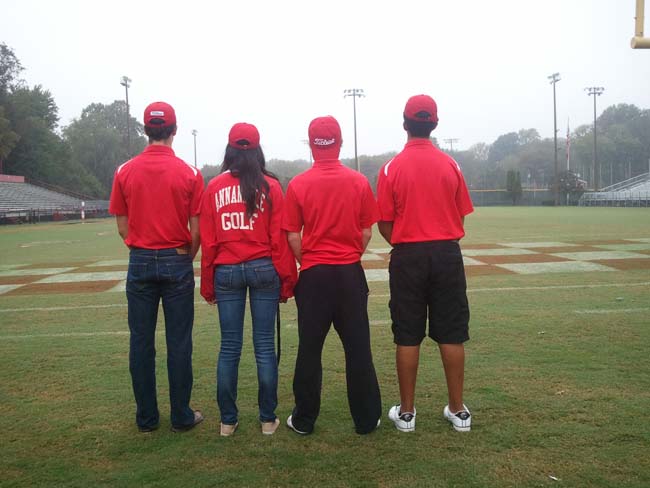“You throw like a girl,” is a demeaning insult I’ve heard my whole life. I thought that it was nothing more than a juvenile insult. But fast forward ten years, and the effects of the not-so-subtle slight still haven’t been eradicated from the culture of high school sports.
Of course there are differences between male and female physiology, but more muscle mass doesn’t necessarily make a game more exciting. Varsity girls basketball coach Patrick Hughes explains the differences between male and female physiology, but sees the advantages of both
“Obviously there are going to be girls who are more athletic than some guys, but if you take the two groups and compare them evenly, guys are generally going to be able to jump higher, run faster, all that kind of stuff,” varsity girls basketball coach Patrick Hughes said. “But I think the girls, actually, a lot of times play a smarter game than the guys. They can actually do things at a mental level that the guys sometimes don’t have the patience to do.”
According to Hughes, what girls lack in strength, they make up for with the employment of clever strategies. In that case, why the obvious preference for male sports?
Senior Khalid Abdu thinks that if a 25-year-old woman and a 25-year-old male play the same sport, the woman’s skills aren’t close to equal to the skills of her male counterpart.
“It’s like watching guys play basketball when they’re 25 or 15 [years old],” senior Khalid Abdu said. “Which one would you rather watch?”
Strength isn’t everything; and in some sports, girls can perform just as well as the boys, and even better. Softball is a great example. The balls are actually harder, bigger and heavier than the standard baseball. Softball players throw softballs as far as the boys throw the baseball, and often, even faster.
Despite the outstanding performances of softball players, the skills of female athletes are often underrated, if attention is paid to them at all. The disparagement of females in co-ed sports has even gone so far as to prevent us from playing with the other gender.
Sierra Harr, one of the top female high school golfers in Idaho, was not allowed to play on the Castleford HS boys team for the fall sports season. It turned out that it wasn’t a result of boys complaining about Harr’s participation on a men’s team; but was a result of jealous rival team coaches complaints. The team coaches looked for a loophole that could damage Castleford’s chances of winning by turning Harr into a liability instead of a tremendous asset for her team.
As the sole female player on the golf team, I already could tell the incident with Harr wasn’t one of a kind, having already encountered many demeaning comments about the skills of my gender.
As female athletes, we fight two battles: the constant upward climb to improve on the field, course, court or track (that every player faces) and the struggle to be recognized as equal to our male counterparts.
It’s a sentiment that some of my competitors scoff at, but is vitally important to societal progress in high schools.









